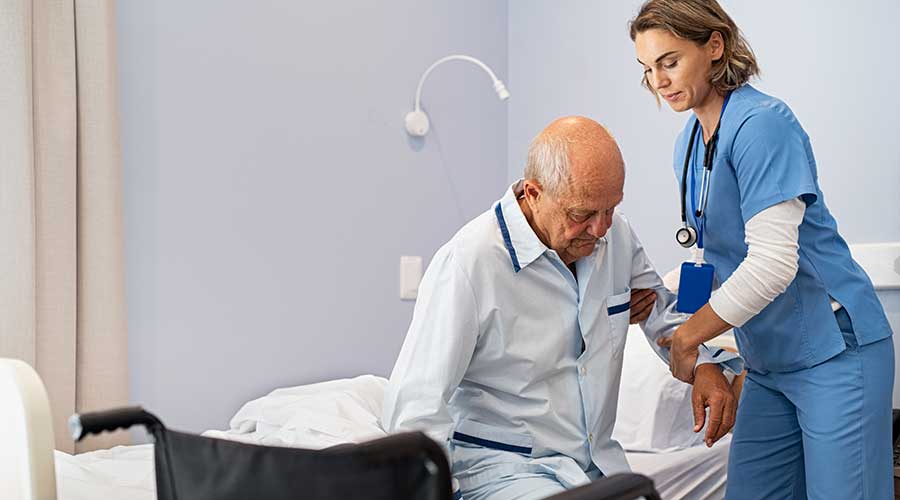Measures implemented by U.S. hospitals to protect patients from preventable medical errors, accidents, injuries and infections show a consistent pattern of better performance in the last decade, according to a new report by patient safety watchdog group. For five of the outcome measures that can be tracked, these improvements saved an estimated more than 16,000 lives over the 10-year period.
The Leapfrog Group, a national nonprofit watchdog organization that advances patient safety in hospitals, released the fall 2022 results. This release marks the 10th anniversary of the Leapfrog Hospital Safety Grade, which assigns a letter grade to nearly 3,000 U.S. general hospitals based on how well they protect patients from preventable medical errors, accidents, injuries, and infections.
An analysis by the group of data across the Hospital Safety Grade’s history suggests improvement in patient safety over time. Measures that have shown significant improvement over the decade include some so-called never events, meaning medical events that should never happen. Two never events that both decreased by around 25 percent include incidents of falls and trauma and incidents of objects unintentionally left in a body after surgery.
There was also encouraging pre-pandemic progress on healthcare-associated infections, including:
- Methicillin-resistant Staphylococcus aureus (MRSA) decreased by 22 percent.
- Central line-associated bloodstream infection (CLABSI) decreased by 43 percent.
- Clostridioides difficile infection (C. Diff) decreased by 8 percent.
Over the past decade, hospitals also demonstrated dramatic improvement in adoption of technology and staffing strategies that protect patients from preventable harm and death. These measures include a nearly seven-fold increase in the adoption of computerized provider order entry, which can reduce medication errors by more than 40 percent. Hospitals also improved their strategies to improve engagement of the nursing workforce and overall safety culture.

 The Fatal Flaws in Active Shooter Response in Healthcare Facilities
The Fatal Flaws in Active Shooter Response in Healthcare Facilities Utah Hospital Outage Highlights Backup Power and Resiliency Challenges
Utah Hospital Outage Highlights Backup Power and Resiliency Challenges Ground Broken on New North Dakota State Hospital
Ground Broken on New North Dakota State Hospital Form Your Pit Crew: Key Takeaways From the 2025 Healthcare Innovations Conference
Form Your Pit Crew: Key Takeaways From the 2025 Healthcare Innovations Conference Glens Falls Hospital Caught Up in Oracle Health Data Breach
Glens Falls Hospital Caught Up in Oracle Health Data Breach